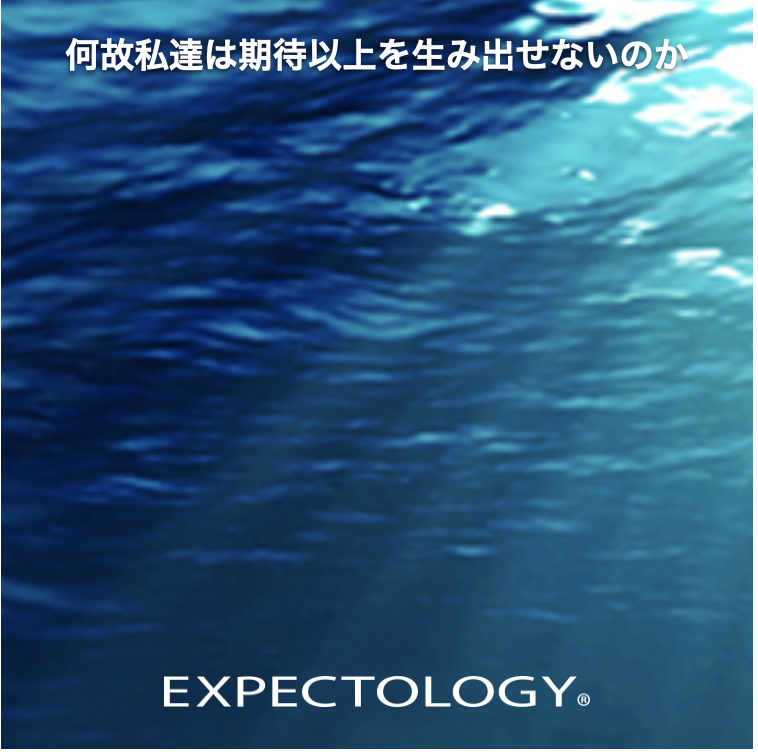EXPECTOLOGY
– 期待学 –

期待学は作り手と使い手の期待較差を洞察し正当化します。作り手や企業は市場に発表された自らの製品が多くのコンシューマーに「期待以上」の印象を持たれる事を心密かに望んでいます。一方でコンシューマーに受容される事を念頭に作り出された製品の多くは「期待以上」では無く「期待通り」の印象に留まる事も多々あります。
EXPECTOLOGY(期待学)はtripod design の創設者である中川聰が2009年にそれまでのユニバーサルデザインにおける使いにくさの研究領域を「使いたい」心理という領域まで広げる事を目的に予測感性工学の研究とともに発想した全く新しい脳科学とデザインの関係に注目したデザインメソッドです。tripod design が多くの企業参加のもとで定期的に開設して来た期待学研究会では各国の感性工学の研究者やデザイナーがその開発プロセスにおける期待と不安、感動や失望について多くの示唆や提言を披露して来ました。
現在、期待学研究会ではセンサのテクノロジーとセンシングデザインに依る研究と開発が大きなテーマとして取り組まれています。